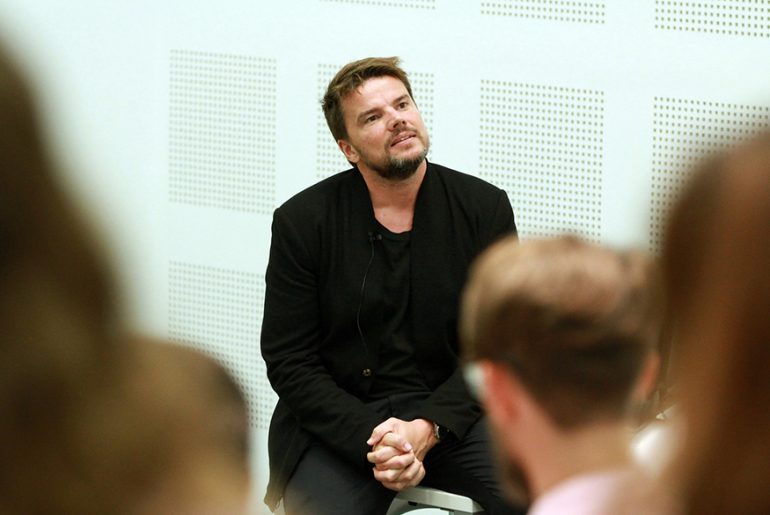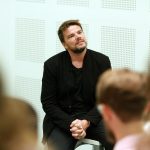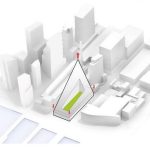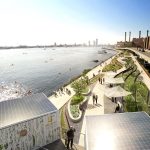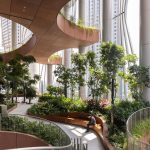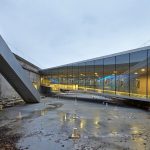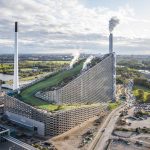‘Social Infrastructure’ by Bjarke Ingels is an independently organised Tedx East event. Here he shares the processes he went through to create some of his projects under the common concept of Social Infrastructure. The event seems directed at aspiring and practising designers of various allied fields – architects, structural engineers, material designers, planners, and such, and topic enthusiasts.
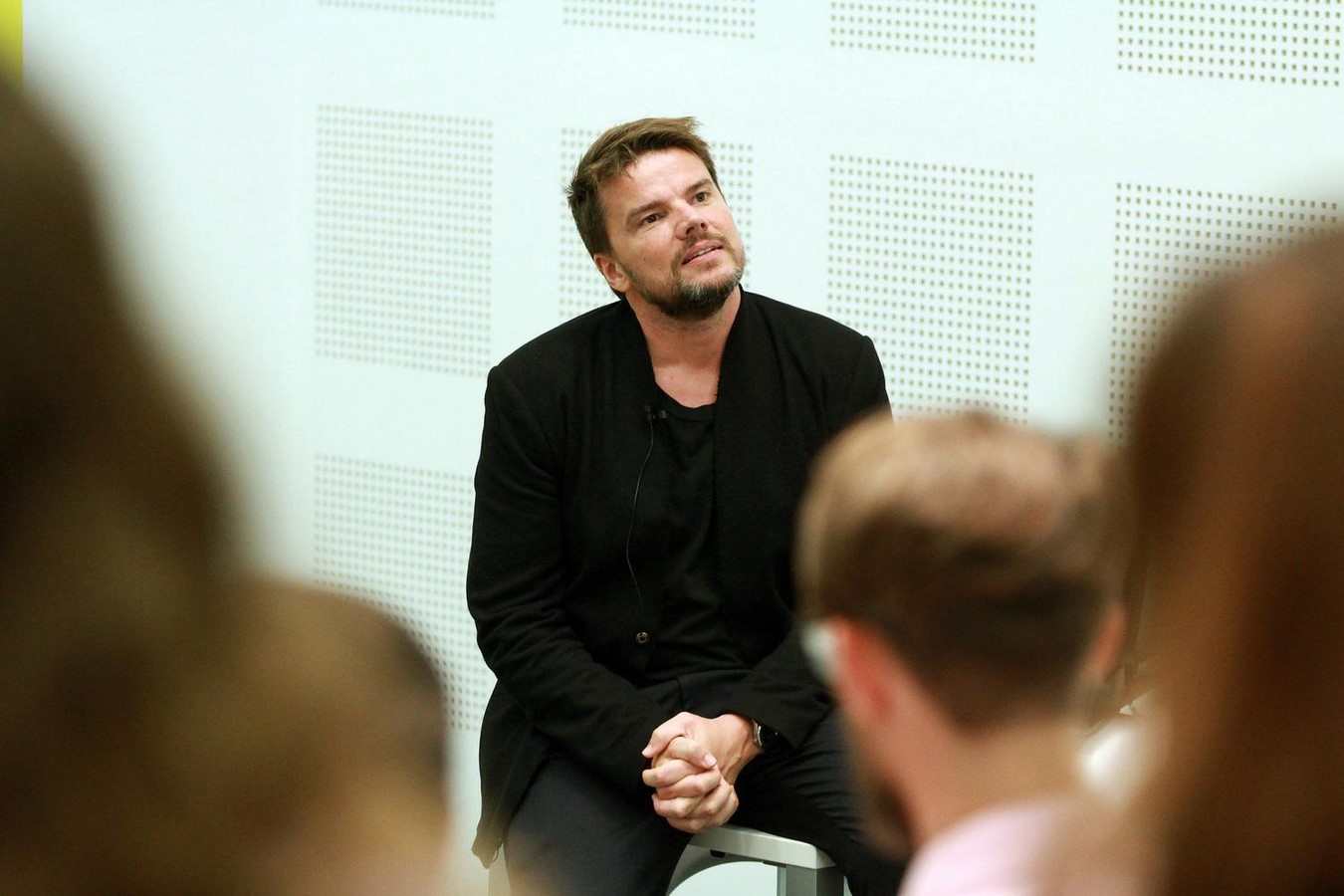
Bjarke Ingels has centred the entire talk in the video on his philosophy of social infrastructure and how he has weaved various projects into socially and ecologically responsive interventions. The idea of this integration is a multi-dimensional approach where users of all ages and abilities are encouraged to utilise these spaces in flexible ways while at the same time promoting environmental consciousness. Some of this can contribute through open accessibility, connectivity between different land-use, and technological and construction innovation in all possible directions.
Design & Process
Bjarke Ingels explains the process behind each of the few selected projects Ingels’ firm BIG undertaken and the multidimensional, incremental design approach to achieve its success. In his projects, a sustainability trend regarding the UN’s Sustainable Development Goals can be observed in executing comprehensively responsive built forms.
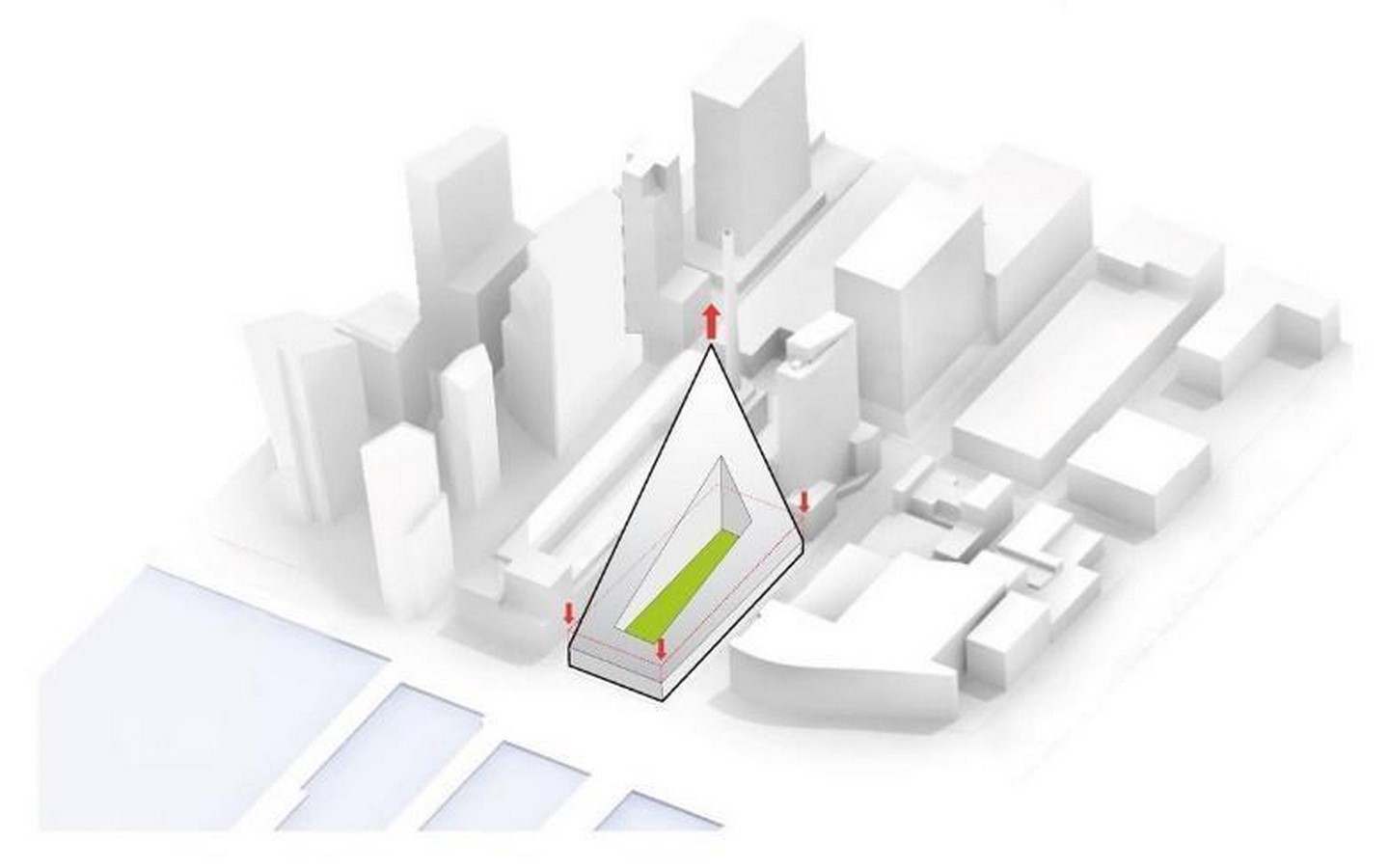
He has also explained the schematic process of projects in regions with a dense population where the community or shared space with varied functional uses is not limited to the ground or base floor but rather interconnected vertically within. This is observed for many uses, including residential, commercial, and institutional buildings. Through minimal means, the design for each project is created for maximum functionality and architectural resonance. These examples further provide a roadmap for possible design processes of built forms progressing soon.
Long-term Vision & Impacts
The underlying theme of his projects suggests that providing creative and sustainable solutions requires co-relating the existing complex systems, circular design, and holistic thinking. It also highlights the need for architects & urbanists to team engineers with biologists, scientists, and politicians with entrepreneurs. Such diverse teams combine skill sets, perspectives, knowledge, and sensibilities that match the complexities required to address each project’s contextual challenges.
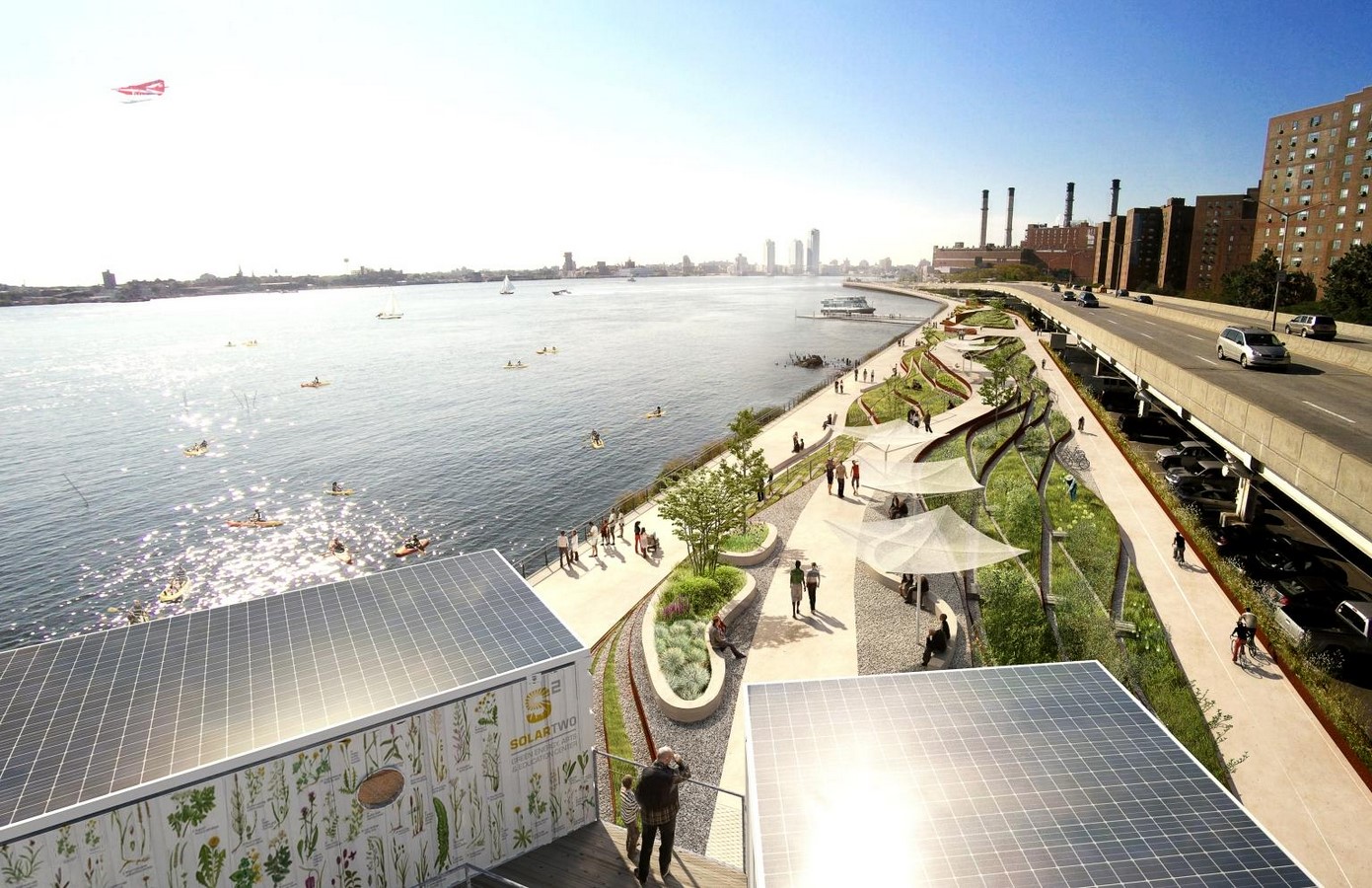
Overall, the talk is representative of the coming-of-age urban inserts and how they can contribute constructively to the overall ecosystem of the site’s context and the region itself. While nurturing the essence of the project requirements and the proposed site, the design considerations have developed into landmark forms, not just for the specific project itself but also for the region where it is based, and an architectural spectacle for the world to view, marvel on and lead with as a vision.
Conclusion
Bjarke Ingels’s definition of Social Infrastructure is an essential concept that can be an inspiration to guide the process of creating built forms in the coming years. It is adaptive, creative, and ecologically responsive, encouraging human engagement in the newly built space. It addresses each project in its context, resulting in integrating the built and natural worlds. Connecting people to people and people with nature.
His building concepts drive through the motive that each intervention consists of extracting minute details surrounding the site, and an architectural ecosystem is designed to respond to this. The structure designed is the byproduct of its context and invites physical and visual interactions with the surroundings. The final form is based on the surroundings and climate, and the function adds to the form based on shared spaces for sociability.
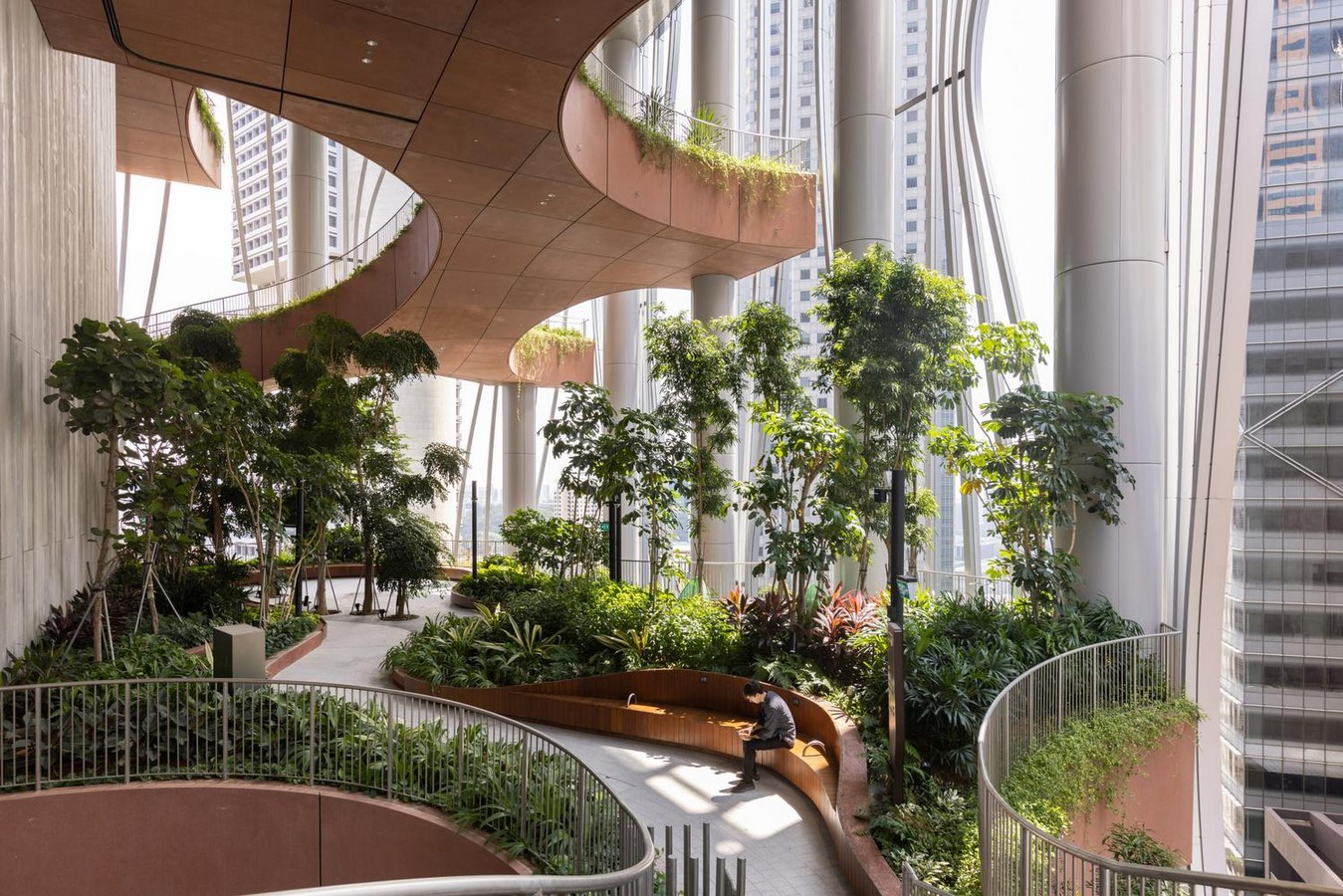
This encourages developing schemes and technological innovations that optimise building placement, form, and materiality based on practical requirements of wind forces, seismic loads, and gravity. According to him, ‘Pragmatic Utopian’ designs have been created because of this vision where radical combinations of seemingly incompatible elements – for instance, a powerplant where one can ski on the roof, merge, and contribute to creating effective design solutions.
Furthermore, each of the demonstrated projects has strived to address the underlying issues of the area and, at the most, attempted to mitigate the challenges of the future as a ripple effect of change, one project at a time. They have also used their projects to revolutionise nature-based solutions for social and technological integration, community building, ecology preservation, biophilia, and biodiversity enhancement.
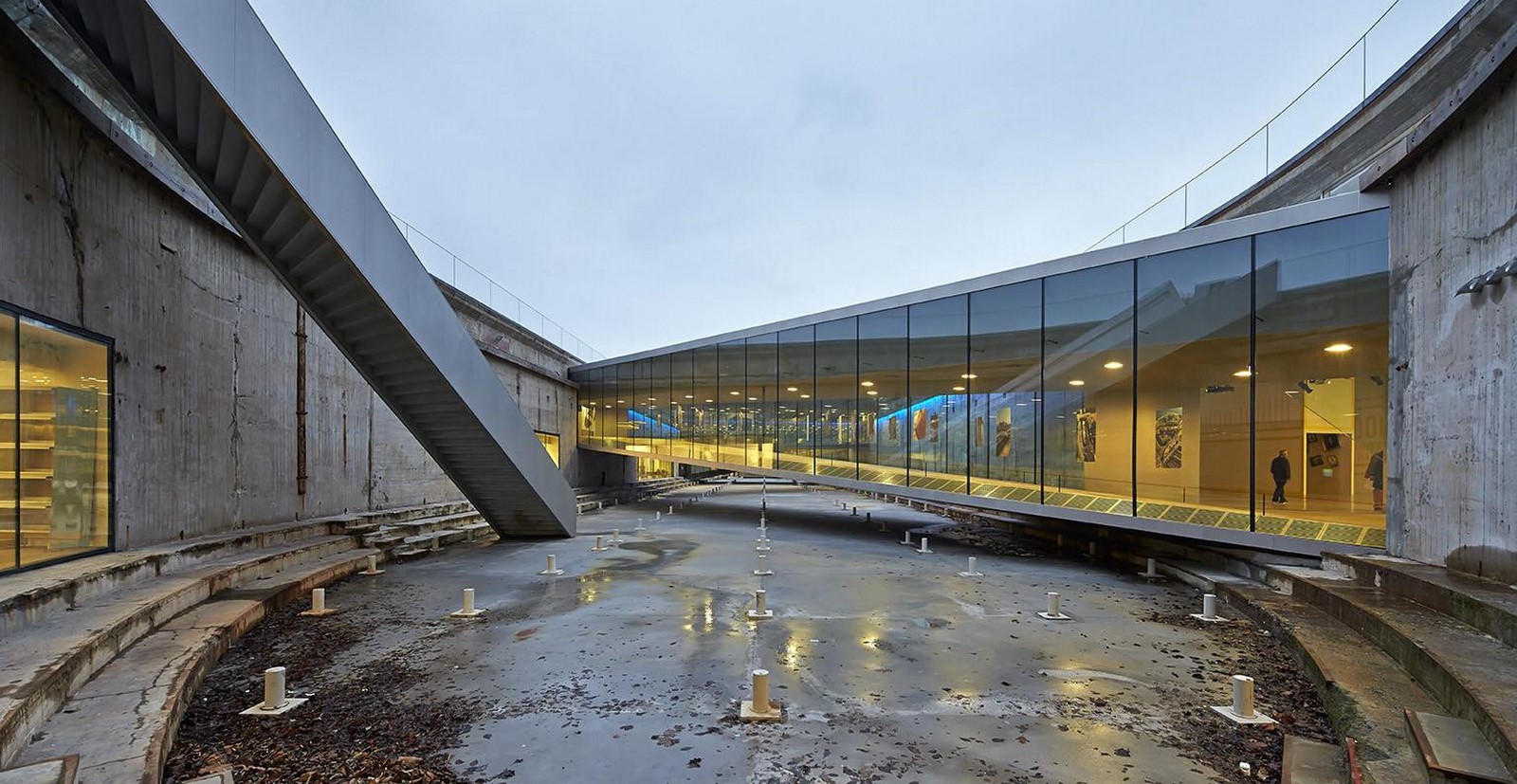
The projects have been planned to keep in mind their long-term impacts and included multiple scales & systems in each of their design and detail considerations. Additionally, their approach to a multidimensional task force has resulted in the creation of landmark buildings and built-form spaces illustrating an integrated effort and an architectural statement. For instance, the clean, white smoke rings let out from the chimney at CopenHill represent Copenhagen’s aspiration and journey towards becoming a carbon-neutral region.
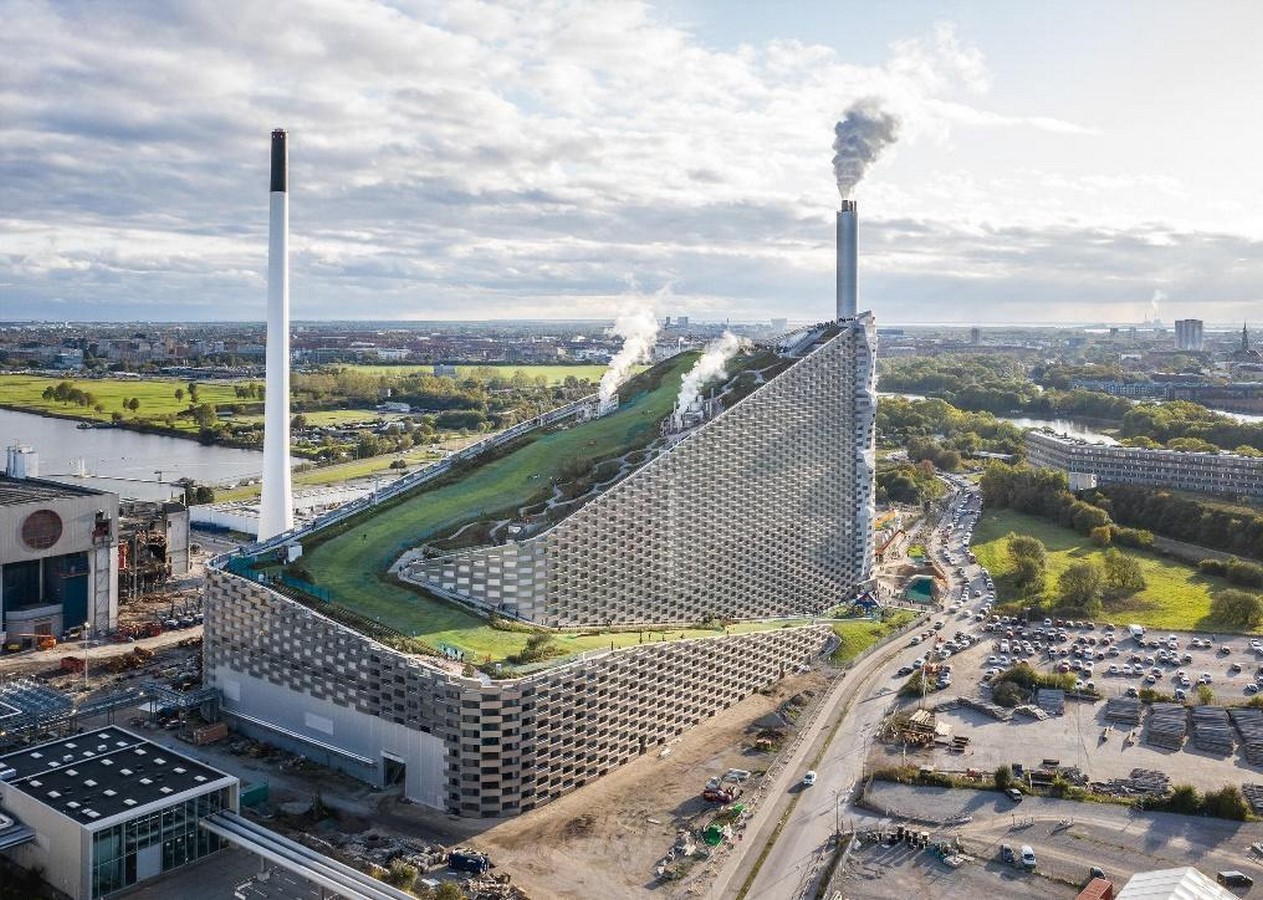
To summarise, each project adds value to its surroundings and initial proposition due to big-picture thinking. This is because, in an age where multiple challenges such as climate change, ageing infrastructure, heavy population growth, and rapid urbanisation exist, the built investments must respond constructively to allow social, environmental, and economic success.
Citations
- TEDx Talks. (2016). Social Infrastructure, Bjarke Ingels. [YouTube Video]. Available at: https://www.youtube.com/watch?v=8PItGf69eaw&ab_channel=TEDxTalks [Accessed 12 June 2023]
- (2018). Bjarke Ingels Group BIG Website. [Online]. Available at: https://big.dk/ [Accessed 13 June 2023]
- ArchDaily (2016). VIΛ 57 West / BIG. [Online]. Available at: https://www.archdaily.com/794950/via-57-west-big [Accessed on: 16 June 2023]
- NYC Urbanism (2019). East Side Coastal Resiliency. [Online]. Available at: https://www.nycurbanism.com/blog/2019/11/7/east-side-coastal-resiliency [Accessed 16 June 2023]


